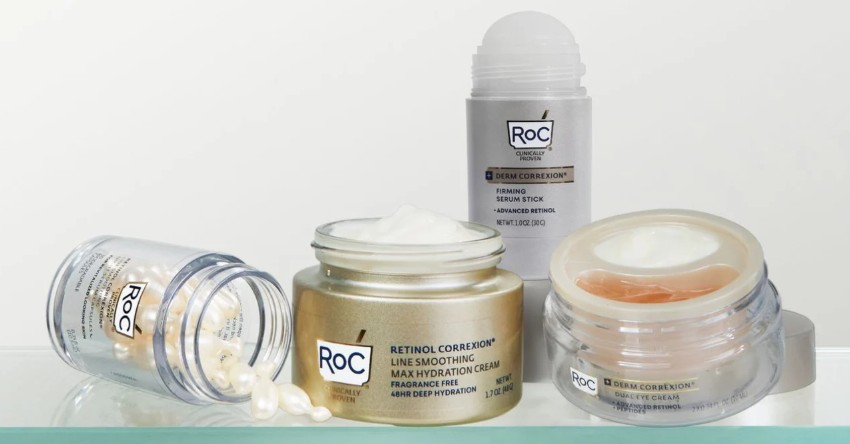Nearly three quarters of women say they are “more active” in social media now than they were at this time last year. But brands are not necessarily reaping benefits by contacting females in these channels, according to new research from Q Interactive and the ad:tech marketing conference organization.
The consumer survey, results of which will be presented to attendees at the ad:tech Chicago conference this Wednesday, , found that about 54% of the women in the survey response group visit social networking sites at least once a day, and 75% of those women said they are more active on those networks now than they were a year ago.
But when asked if social networking sites have any influence on what purchases they make, 75% of female respondents to the survey replied that their use of social nets did “not really” affect their purchase decisions or did “not at all” influence their buying. Twenty-two percent of women respondents said their shopping was “somewhat” affect by what they found on social networks, while only about 3% said they were “greatly” influenced by the content or opinions they found in social media.
“We found that there’s a substantial disconnect between women’s interactions online and the impact of brand perceptions there,” said Q interactive CEO Matt Wise in an interview. Asked if encountering a brand on a social network makes them feel positive or negative toward that brand, 17% said they felt well disposed toward the brand, but 19% were unfavorable. Most importantly, 64% were either neutral or said they didn’t care whether a brand was present in social networks or not.
“So we’ve got women online, controlling the purchasing process and interacting in huge numbers with social networks, and yet they’re not being influenced by those networks to make purchases,” Wise said. “We see a huge opportunity in that for marketers.”
That opportunity may consist in integrating the social component of marketing campaigns more tightly with other channels that can drive transactions, such as e-mail initiatives and newsletter sign-ups. Marketers neglect the online consumer experience generally, Wise said, because digital marketing doesn’t involve the fixed cost structure of a brick-and-mortar retail operation, for example.
“C-level executives are all concerned about what it’s like for a consumer to walk into their store, who’s talking to them, what are the greeters like, and so forth. But because cost barriers are so low online, the attention spent is also less. Even if the majority of users are not influence by [brands’ online strategies], that doesn’t have a big influence on marketers,’ Wise said.
Asked what they most often do on social networking sites, about 34% of female respondents to the survey said they send private messages to friends, and 13% said they most often use social networks to share photos. About 12% cited chatting or sending instant messages to other members, and 11% said they most often post public messages to the community.
By contrast, less than 9% said they mainly use social networks to get product information of any kind, including coupons or discount offers. And only about 2% said they use the networks to post reviews about products they’ve used—a smaller percentage than those respondents who said they play games there (7%) or use the networks primarily to meet new people (6%).
As for the social network they favor, more than 64% of female respondents to the Q interactive/ ad;tech survey said they choose Facebook. About 16% made MySpace their top pick among networks. Less than 5% favored microblog platform Twitter.
The social marketing survey was fielded to users of the CoolSavings.com Web site in mid-August for a response of more than 1,000 completions
 Network
Network

